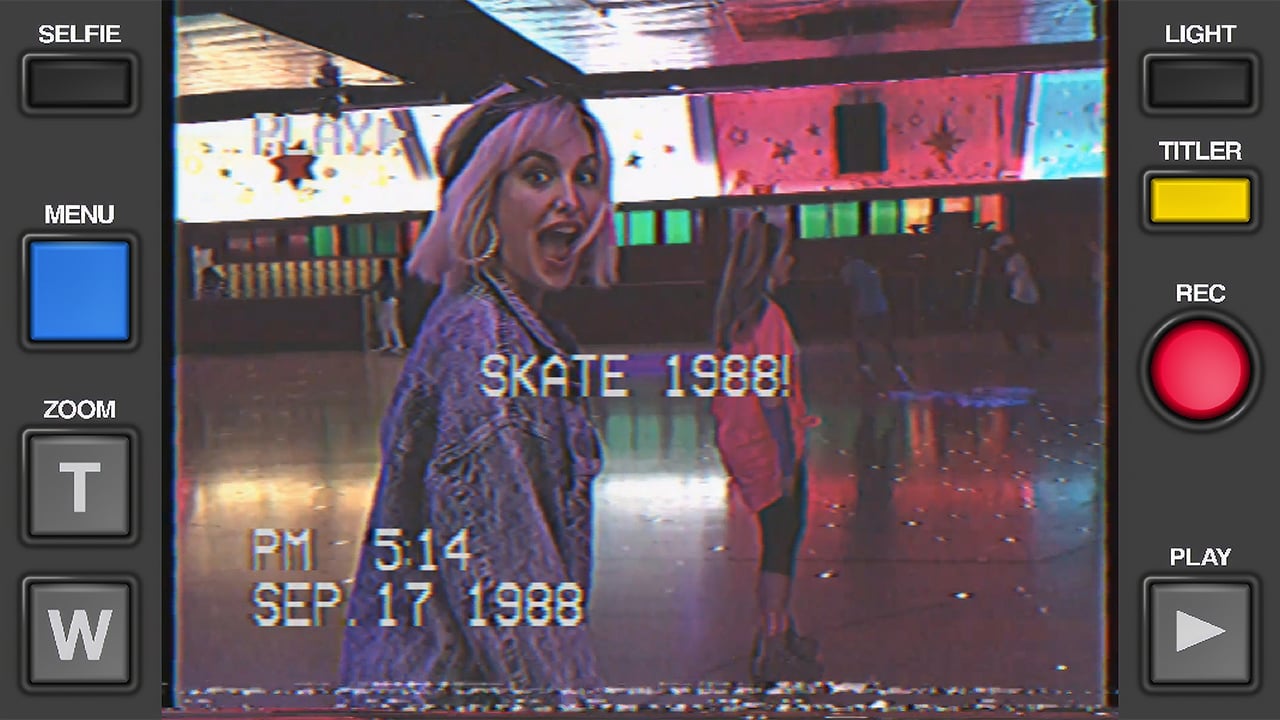
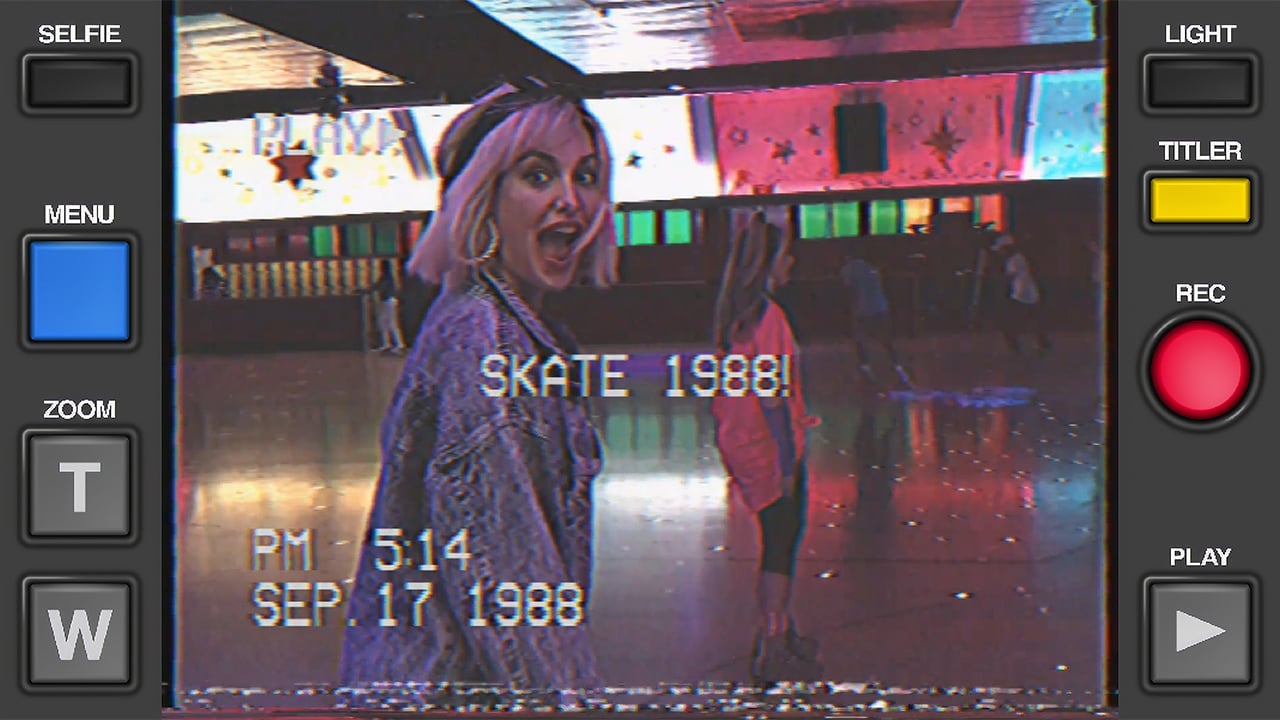 Making your footage look rubbish has never been so much fun!
Making your footage look rubbish has never been so much fun!
We've been talking a lot about emotional response recently on RedShark with reference to pristine imagery. But it seems that sometimes the worse the footage looks, the better the audience response. And now you can try it for yourself with Rarevisions' VHS Camcorder app!
It's been fun to bash the VHS video format almost since it won the format war with Betamax, despite being slightly less effective. The battle was really won on running time more than picture quality and there was significant politics behind the scenes involving various manufacturers and Japan's Ministry of Trade and Industry.
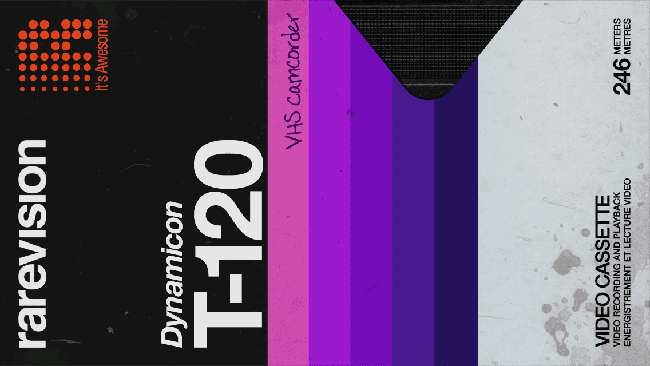
The VHS Camcorder app. Nice attention to coffee stains
That performance gap, perhaps, wasn't quite as large as the historical argument suggests, though like all the early home video formats VHS was a deeply, deeply mediocre way to store video. It stored a composite video signal (as did Betamax,) with the colour information mixed in with the brightness, meaning that sharp edges in the image could create rainbow-coloured artefacts. It's a mistake to equate digital and analogue resolution, but the effective resolution of VHS was about 270 equivalent pixels wide by 576 or 486 high for PAL or NTSC respectively, while both standards achieved a horizontal colour resolution of a staggering 40 equivalent pixels. VHS colour is also noisy, which is the main characteristic Betamax managed to exceed. VHS is, in short, a low resolution, noisy, composite colour format which was designed to satisfy a running time rather than an image quality target.
VHS was a huge, messy compromise.
All of which begs the question why Rarevision, a Los Angeles-based developer of video applications, spent so much time simulating all the worst aspects of the VHS tape format and the feeble standard-def home movie cameras that typically used it. The VHS Camcorder app, which is available for both Apple phones and those using the Android operating system, gleefully recreates every dropout, wobbly sync pulse and desaturated colour of typical VHS tapes of the 80s and 90s. The technical implementation of that is one thing. The bigger question, though, is... why.
The man behind VHS Camcorder is Thomas Worth, a man whose enthusiasm for the 1980s led him, in 2010, to create a version of the company logo in a style more than capable of fooling viewers into believing it had been recovered from a 1985 promotional tape.
It proved sufficiently popular, at least by the standards of motion graphics, for Worth to realise, perhaps earlier than most, that the '80s aesthetic was becoming fashionable. “The feedback I got off that was just way better than the feedback I would get off things I shot that I thought looked really pretty and beautiful, based on what I was told was supposed to look pretty and beautiful.” Material shot on modern cameras is, he hazards, too pretty. “People would look at that and be like, that looks really nice. But you showed them the old stuff and they're like, woah, that's really cool. They had a stronger emotional reaction.”
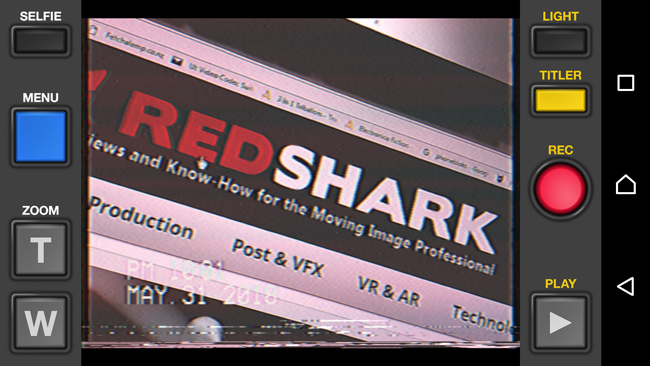
RedShark as it looked in the mid-80s
Getting that reaction from a video shot on a smartphone was, Worth says, initially a challenge. “Phones have gotten faster now,” he says. “It allows me to do things, add even cooler little tweaks and stuff. In the beginning, it was a struggle even to get it to work. The first version of the app was for iOS. At the time, the iPhone 4S was what everyone was using. I tried to make it work on everything because there were still people who had the iPhone 4. I bought a regular 4 and tried to get it to run on that. There was just no way... the phone was way too slow. To do it the way I wanted it, and the way I think people would have expected it, the iPhone 4 was the cutoff for what was possible.”
Labour of love
VHS Camcorder is, if nothing else, clearly a labour of love. “I watched a million hours of reference for this. People would put up compilations of stuff that was on YouTube. I watched it over and over, I'd have it running in the background sometimes. I wanted people to be able to look at it and not be able to tell the difference. I wanted it to be perfect.” Beyond the purely aesthetic, though, simulating all the many, many (many, many) flaws of VHS required a technical understanding of why they occur. “I had to learn how the whole device worked. I needed to know what the deck was doing in order to simulate it. Looking at the stuff on YouTube was helpful, but I wanted to know what the machine was doing to make it look like that.”
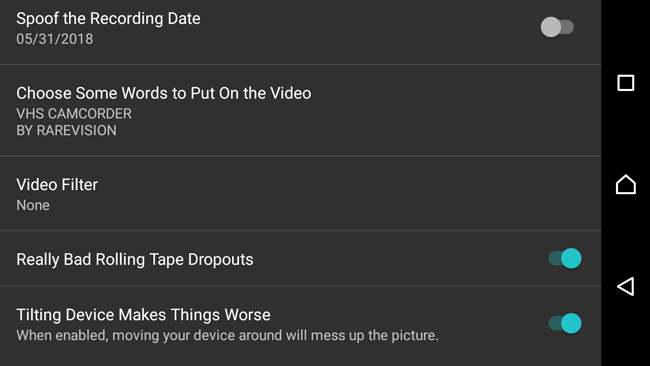
There are several options, including bad, worse, and terrible
The final arbiters of the success of Worth's work are, perhaps ironically, people used to looking at rather higher-end images. “I'm within a group of people who are super-critical of what they're looking at,” he says. “When I show my friends, who work in Hollywood, who know more about this than anyone in the world, they're going to criticise this stuff based on their extensive knowledge... I get really criticised by people who know what they're talking about right off the bat, so before the public sees it, it's been run through this audience of professionals.”
Thoughts turn to the next thing to do. “The next step would be to apply the same methodology to film as to video. Like a 16mm, something like that. I feel like I know more about that stuff than I do about the video stuff – the video stuff is so much more complicated. There's things about film too that you have to know, you have to know about the different types of processing; what if you leave out the bleach step. What if you process the film in the wrong chemistry, what happens then.”
Anyone interested in making their 2018 smartphone behave like a 1989 Handycam can obtain VHS Camcorder for a handful of pocket change here:
iTunes (for iPhone users)
Google Play (for Android users)
Tags: Production


Comments